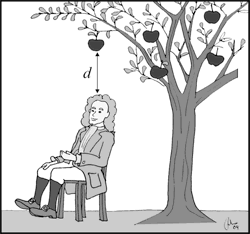

In this energy experiment we were asked to look at mass, acceleration, battery discharge, wheel rotation, power, and force. We did this all by using a motorized pulley system where we manipulated the weights at different speeds to measure first their mass vs. acceleration. At first we put .25 kg of weight on the pulley system at power setting of 75. We then kept decreaseing the weight to .21 then finally to .15 and get the power setting steady at 75. As the acceleration increased, the mass decreased. At the highest mass of .25kg, the speed (rpm) was 51.80 and at the lowest mass, .15kg, the speed(rpm) was 93.85 which correlates with the law perfectly correctly.
Next we looked at acceleration vs. power. We kept the mass constant at .25kg and then changed the power settings from 75 to 85 to 95. The acceleration increases as the power settings increased. When the power setting was 75, the acceleration was 31.59 rpm/s and at the highest power setting of 95, the acceleration was 59.93 rpm/s. This makes perfect sense in the fact that when speed increases the acceleration increases with that as well.
The last element we looked at was battery discharge vs. mass. We kept the mass constant at .25kg and left the power settings at 75, 85, and 95. As the power settings increased, the battery discharge increased. Starting at the power setting at 75 then the correlating discharge at 111 mv. The highest power setting at 95 had a correlating battery discharge of 291 mv.
The following excel spreadsheet displays the three experiments that we displayed along with coordinating graphs to go along with them.
energy experiment spreadsheet with graphs
I like the pictures used in your blog. The Sir Isaac Newton picture brings us back to our childhood with the apple falling from the tree and falling on your head. The boy pushing the chart gives us both a visual and the captions underneath help us better understand the concept of energy and motion.